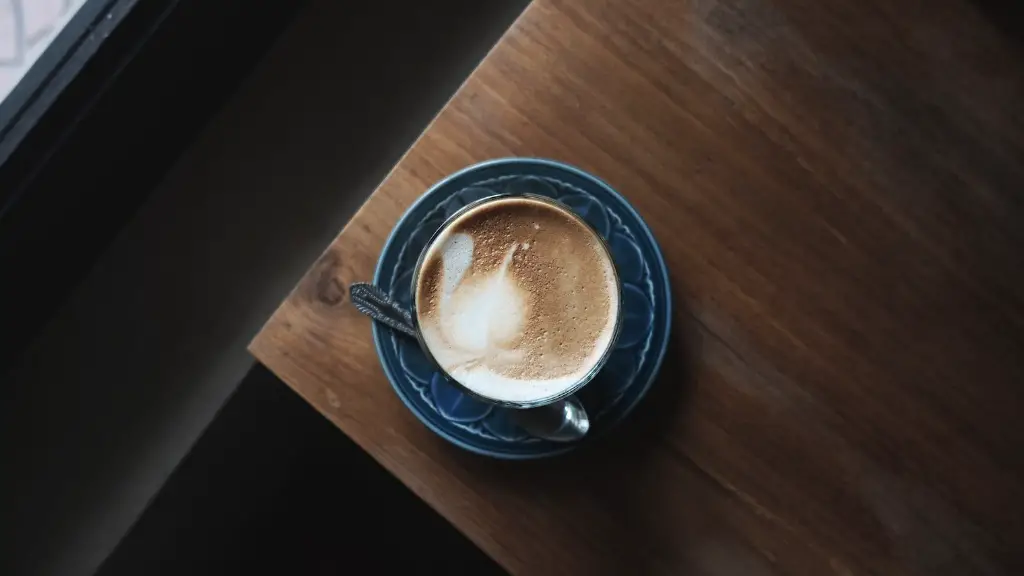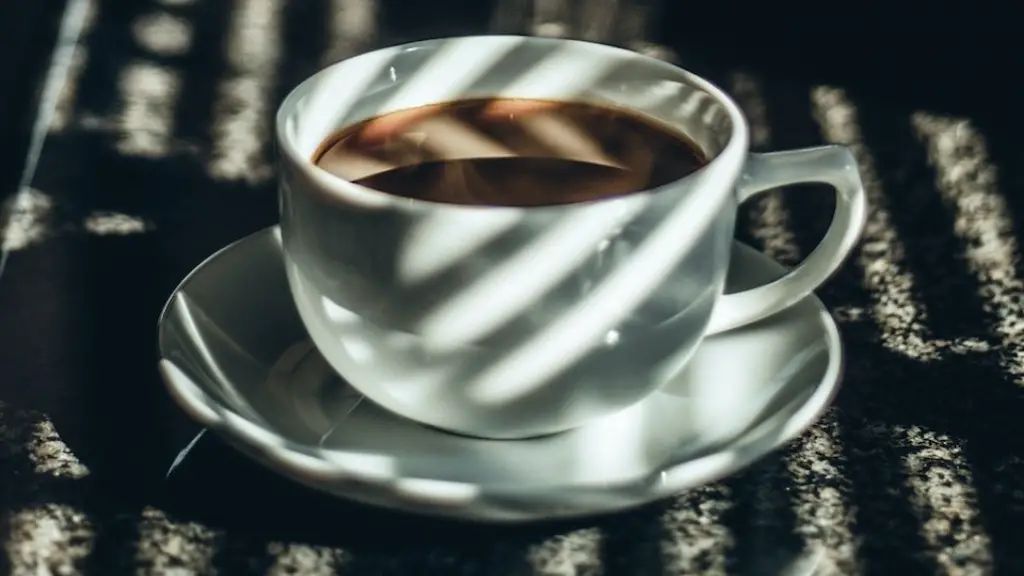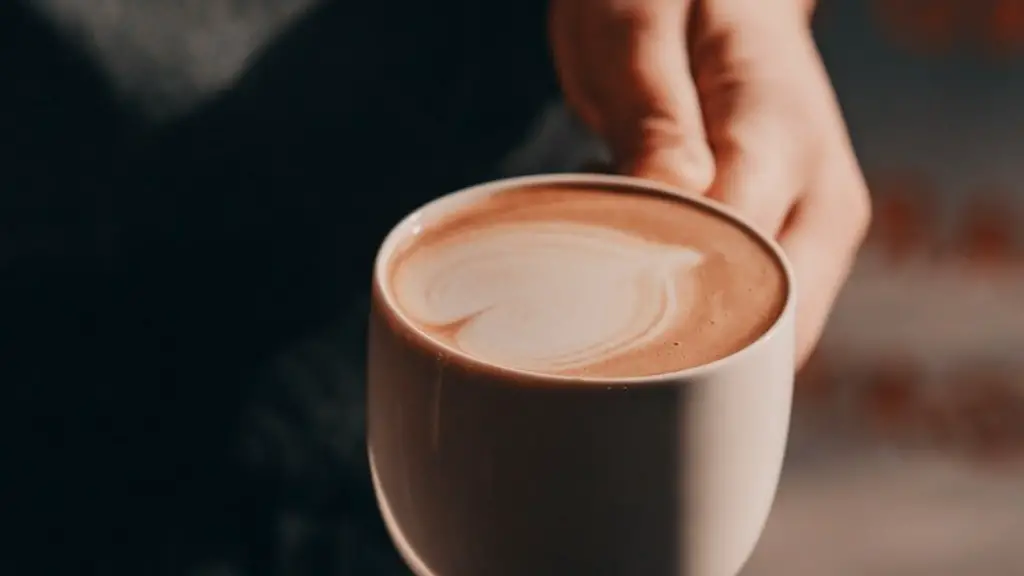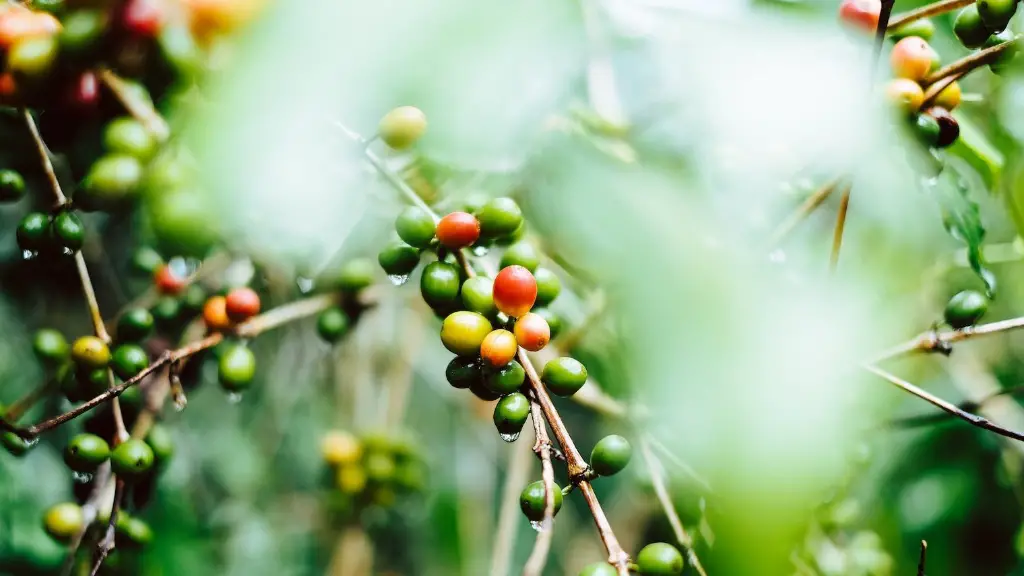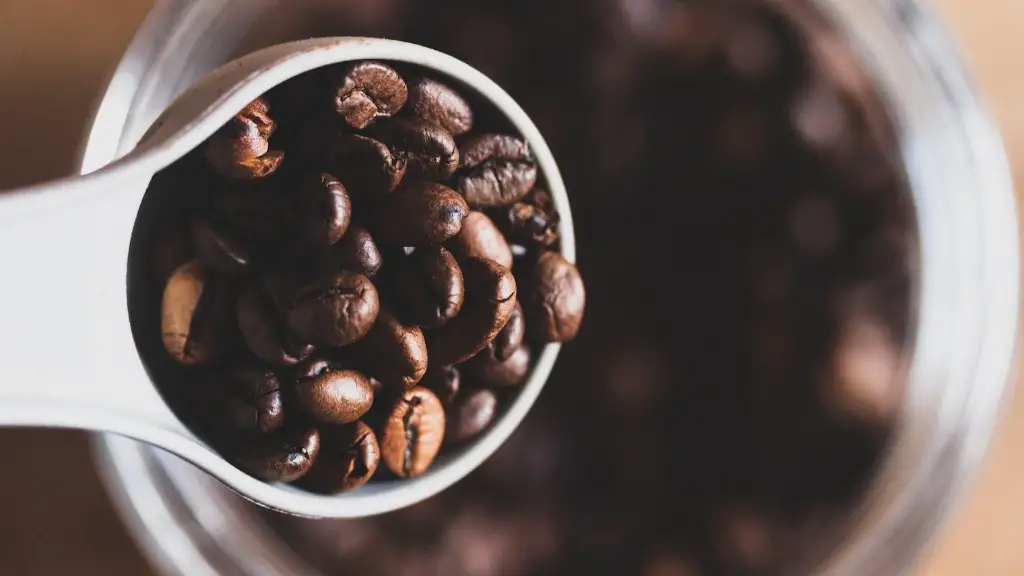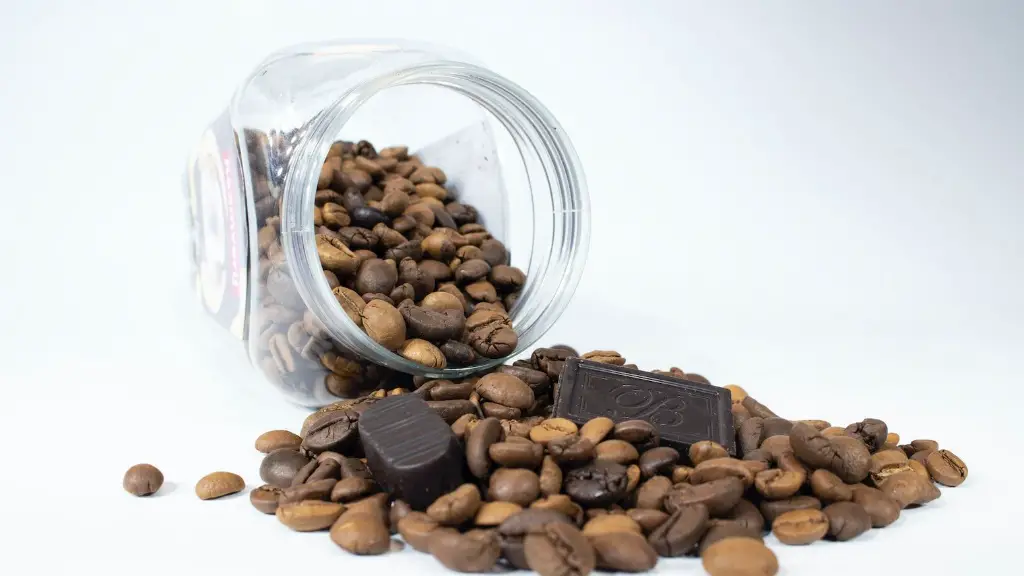Do you know exactly how much caffeine is in your morning cup of Starbucks brewed coffee? Coffee can have wide-ranging levels of caffeine, and it can be confusing if you’re trying to watch your caffeine intake. If you are trying to get an accurate assessment of how much caffeine is in Starbucks’ coffee, then you have come to the right place.
When it comes to caffeine, it all depends on the type of beans and their roast, origin, and weight. The caffeine content in each cup of coffee can vary depending on the specifics of the coffee and the water used to brew it. Generally speaking, a cup of Starbucks brewed coffee is said to contain between 160 to 225 milligrams of caffeine per 16 ounce cup. This is about twice the amount of caffeine one gets from drinking a regular cup of drip coffee. Starbucks cautions that even this amount can vary greatly.
For instance, the caffeine levels in their decaffeinated blended drink will be much lower than those in their Blonde Roast – which contains nearly three times the amount of caffeine in their Pike Place roast. Starbucks specifically notes that the caffeine content of decaffeinated beverages varies. That being said, the amount of caffeine in these beverages typically ranges between 10 to 27 milligrams per 8 fluid ounce cup of decaffeinated coffee.
Though the main source of caffeine in most Starbucks coffee drinks is their roasted espresso beans, it’s technically possible to find other sources as well. Ask your friendly Barista about the specific contents of each beverage – for instance, caffeine can also be found in some flavored syrups. Hence, your Vanilla Latte may have a few more milligrams of caffeine than you expect.
In order to make sure you’re getting the right amount of caffeine intake, it’s important to think about not only the size of your caffeine fix but also the type of beverage you drink. When comparing types of brewed coffee drinks, the most important thing to consider is the flavor and taste. Usually, the darker the roast, the higher the caffeine content. The lightest roast, like Starbucks Blonde roast, has the least caffeine – but at the same time, it might not be as strong and flavorful as something like the French Roast. The bolder roasts contain more caffeine than the lighter roasts.
Caffeine Effects on Health
It’s important to understand that caffeine can affect your health. Too much caffeine can increase your heart rate and blood pressure, cause anxiety and insomnia, and lead to digestive problems. So, it’s essential to keep track of how much caffeine you are taking in. If you are unsure, then it may be best to talk to your doctor or nutritionist so they can advise you on the right amount.
Fortunately, Starbucks is very transparent about its caffeine content. They have even created an online Caffeine Calculator where customers can calculate the amount of caffeine in different drinks. This is a helpful tool to use if you are trying to keep track of your caffeine intake. Using this calculator, you can easily determine the caffeine content in any Starbucks-branded beverage, including their popular Nitro Cold Brew and Frappuccinos.
Overall, caffeine is a great source of energy. It can give you that extra boost when you need it. But if you are someone who is sensitive to caffeine, it is important to watch your intake. Knowing the actual caffeine content of your favorite brewed coffee can help you make healthy and flavorful decisions.
Caffeine Levels in Other Foods & Drinks
If you are trying to control your caffeine levels, it may also be useful to look at other caffeine-containing products. Tea can be an excellent option for those looking for an alternative to coffee. It typically contains less caffeine than coffee, and there are also many decaffeinated brands on the market. Other beverages like soda, energy drinks, and even chocolate can contain large amounts of caffeine – so make sure to read labels carefully before consuming any.
One surprising caffeine source is chocolate. Depending on the type of chocolate, the caffeine level can range from none in white chocolate to about 30 milligrams per ounce for semi-sweet chocolate. Milk chocolate has an average of around 6 milligrams per ounce. That being said, the exact amount can vary from product to product. To get a better understanding and to manage your daily caffeine intake, look up the caffeine content of your favorite chocolate bars.
The truth is, caffeine is in many of our everyday food and beverage choices. It is important to be aware of what we are consuming and as mentioned above, it’s advisable to read food labels to ensure you are choosing a product with the right amount of caffeine for your body. In the simplest terms, too much caffeine can cause serious health issues while a moderate amount can give you the energy and focus you need to get through the day.
Conclusion & Recommendations
There’s no universal answer when it comes to how much caffeine is safe to consume in a day. Everyone’s body is different, and different beverages and foods come with different levels of caffeine. The best way to ensure you’re getting the right amount of caffeine for you is to be mindful of what you’re drinking and how much of it. Consider the source of your caffeine such as coffee, tea, soda, energy drinks, chocolate, and try to be aware of the specific caffeine content of each of them.
As far as Starbucks brewed coffee is concerned, it is generally accepted that Starbucks’ caffeinated beverages contain between 160 to 225 milligrams of caffeine per 16 ounce cup. Also, some of their syrups, like their flavored syrups, contain caffeine. So if you’re drinking a flavored latte or a Frappuccino, they may have a few more milligrams of caffeine than you may expect. Finally, Starbucks’ website also has a handy caffeine calculator which can help you track your daily caffeine consumption.
Caffeine in Tea
When comparing caffeinated beverages, the amount of caffeine found in tea can vary quite a lot. While most people believe tea to contain less caffeine than coffee, this isn’t always the case. The amount of caffeine in different brewed tea can actually be quite similar to the caffeine content in certain types of coffee.
For example, an 8-ounce cup of black tea can have anywhere between 24 to 72 milligrams of caffeine. Depending on the type of tea, the steep time, and the amount of tea used, the caffeine content may vary. Some green teas can have up to 25 milligrams of caffeine per 8 ounces, with specialty high-caffeine teas like Yerba Mate Tea providing around 85 milligrams for the same serving size.
Although the caffeine content in tea can vary from cup to cup, the important thing to remember is that caffeine is not always equal to energy. Many herbal teas and green teas don’t actually contain enough caffeine to provide a large energy boost, so it can be helpful to utilize some of the other natural energy sources present in these teas.
For instance, certain teas can contain natural compounds like theanine and L-theanine, which act as stimulants and provide a gentle but steady energy boost without a large dose of caffeine. Drinking tea made from these herbs and plants can provide a gentle and sustained energy boost that lasts throughout the day.
Caffeine and Hydration
In addition to caffeine, people should be aware of the other effects of caffeine on their body. Caffeine has a diuretic effect on the body, which means that it can cause dehydration. It’s important to drink plenty of water throughout the day to compensate for the water lost due to caffeine.
However, it is important to keep in mind that some caffeinated beverages like tea, cocoa, and coffee actually contain water in them. In fact, coffee can even be considered a great source of hydration for some people. According to research, drinking one 8-ounce cup of coffee can provide about one-forth of your total recommended daily intake for water.
So, don’t be too quick to discredit coffee from your hydration diet. In fact, drinking coffee can actually help you stay hydrated throughout the day. Just keep in mind that if you’re drinking a lot of caffeinated beverages and not consuming enough water, then dehydration could become a problem.
Caffeine and Sleep
Lastly, caffeine can also affect your sleep. It usually takes about 6-8 hours for the effects of caffeine to wear off, so consuming caffeine later in the day is not advised. Since caffeine is a stimulant, it can give you an energy boost which can make it harder to fall asleep at night. To avoid this, it’s best to limit your caffeine intake to the morning and early afternoon.
Also, try to avoid drinking coffee or tea close to bedtime because the caffeine in these beverages can disrupt your natural sleep-wake cycle, making it harder for you to get good quality sleep. If you’re someone who relies on caffeine for energy throughout the day, then it’s best to stick to smaller amounts of caffeine throughout the day and to avoid drinking especially high-caffeine beverages like espresso or matcha close to bedtime.
Overall, caffeine can be a useful tool to getting through the day but it’s important to understand how much caffeine you should have each day. Knowing the caffeine content in different beverages, foods, and supplements can help you make the right decision when it comes to your caffeine intake.
